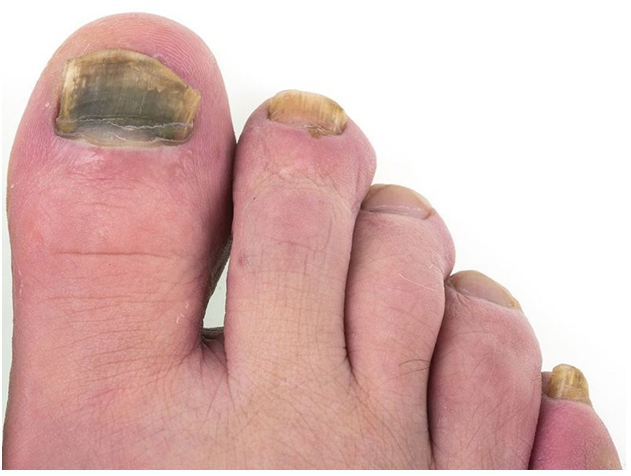Facts About Fungal Toenails, Yellowed or Deformed Toenails Anne Uncovered


How to get rid of black toenail fungus [Stop black fungus under toenails]
Nail Fungus: Symptoms and Treatment - Live Science Fundamentals Explained
It can get into nails formerly damaged by a prior infection or injury. Need More Info? , Yeast affects fingernails. It often happens in people who frequently soak their hands in water. These infections usually start by the cuticle around the nail, which ends up being swollen, red, and tender to the touch. The nail itself may partially take off the nail bed, or fall off entirely.

They'll take a scraping of the nail and appearance under a microscope for indications of fungi. Sometimes, your physician may send the sample to a laboratory for analysis and identification. Over the counter products aren't typically recommended to deal with nail infections since they don't supply reliable outcomes. Instead, your doctor might recommend an oral antifungal medication, such as: Your medical professional might prescribe other antifungal treatments, such as antifungal nail lacquer or topical services.
/GettyImages-1069043376-ffdd9364426b42248511cec9888bc1c4.jpg)
Thick Toenails: Pictures, Causes, and Home Treatments
Depending on the type of fungi triggering the infection, in addition to the extent of the infection, you may need to utilize these medications for numerous months. Topical services aren't typically reliable in treating toe nail fungal infections. Treatment to completely rid your body of the fungal infection. Complications from fungal infection are also possible.
Taking excellent care of your nails by keeping them well trimmed and tidy is an excellent way to prevent infections. Likewise prevent hurting the skin around your nails. If you're going to have wet or wet hands for a prolonged quantity of time, you might want to use rubber gloves.
Getting The Don't Bury Your Toes in the Sand This Summer - Lancaster To Work
The nail infection can't be considered treated until a new nail that's devoid of infection has grown in. Although this indicates that the nail is no longer infected, it's possible for the fungal infection to return. In severe cases, there may be permanent damage to your nail, and it might have to be eliminated.
Individuals with diabetes have a higher danger for developing potentially severe complications triggered by these infections. Speak to your physician if you have diabetes and think you're developing a fungal nail infection.
